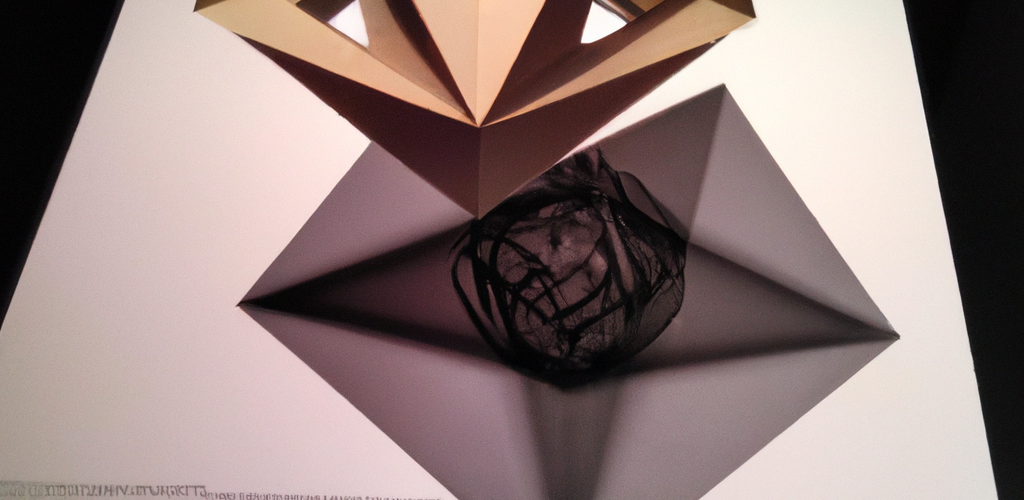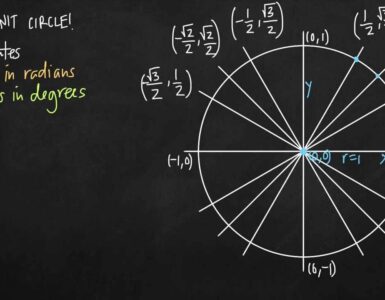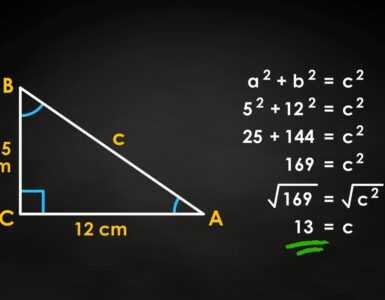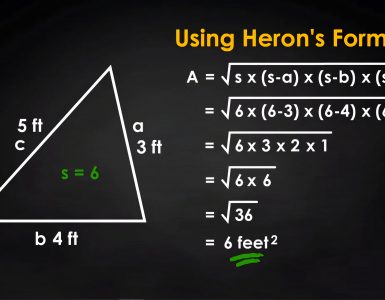Since ancient times, geometry has captivated the attention of mathematicians, artists, and philosophers alike. The universe of geometry is rich in history, beauty, and depth, from the ancient Greek mathematician Euclid, who is credited with founding the discipline, to the Dutch artist M.C. Escher, whose mind-bending geometric paintings continue to mystify and excite today.
In this article, we will explore the history of geometry, from its early developments in ancient Greece to its current uses in science and technology. We will also examine the creations of some of the most well-known artists and mathematicians, such as Euclid, Escher, and others, who have made contributions to the area.
So sit back, grab a pencil and paper (or your favorite drawing app), and let’s dive into the fascinating world of geometry!
The History of Geometry
Early Origins of Geometry
Ancient civilizations are the source of geometry, with the Greeks and Egyptians being the first cultures to record studying the discipline. Because they were expert surveyors and engineers, the ancient Egyptians built pyramids and other structures using geometrical concepts.
The Greek mathematician Euclid is frequently referred to as the “father of geometry,” since he is credited with founding geometry as we know it today. In his well-known work “The Elements,” Euclid logically and methodically outlined the fundamentals of geometry, presenting them as a collection of definitions, postulates, and theorems. For more than two thousand years, his work was the de facto textbook for geometry instruction, and it is still cited today.
The Development of Geometry in the Middle Ages
Geometry was still being researched and developed during the Middle Ages by academics and mathematicians in both Europe and the Islamic world. The development of analytic geometry, which enables the representation of geometric forms on a coordinate grid and the application of algebraic equations to describe their features, is attributed to the mathematician and philosopher René Descartes who lived in the 17th century.
Modern Developments in Geometry
With the advent of non-Euclidean geometry in the 19th and 20th centuries, the long-held notion that Euclid’s postulates were self-evident truths was called into serious question. The study of curved surfaces, such as the surface of a sphere, uses Riemannian geometry, a sort of non-Euclidean geometry created by the mathematician and philosopher Georg Friedrich Bernhard Riemann.
Today, several fields, such as physics, engineering, and computer science, depend heavily on geometry. It is used to explore the characteristics of space and time, create and analyze structures, and even forecast the motions of celestial planets.
Famous Geometers and Artists
Euclid
As said earlier, Euclid is regarded as the founder of geometry. In the third century BC, he was a Greek mathematician who resided in Alexandria, Egypt. Euclid made major contributions to the domains of logic and number theory in addition to his work on geometry.
The 13-volume geometry book “The Elements,” Euclid’s most well-known work, is widely referenced today. Beginning with a list of definitions, postulates, and common concepts, Euclid logically and methodically explains the fundamentals of geometry in this work (assumptions that were thought to be self-evident). Theorems related to plane geometry, solid geometry, and number theory are among the subjects he goes on to establish using these ideas.
One of the most important mathematical works of all time, Euclid’s work has had a significant impact on the area of geometry. He used a rational and exacting approach to explaining geometric concepts, and his methods continue to impact how math is taught and researched today.
M.C. Escher
M.C. Escher, also known as Maurits Cornelis Escher, was a Dutch artist who is renowned for his bizarre geometric drawings. Escher, who was born in 1898, first pursued studies in graphic design and architecture before focusing on sketching and printmaking.
Escher is known for his complex patterns, optical tricks, and geometric shapes. Tessellations, which are repeating patterns made up of interlocking structures that fill a plane without gaps or overlaps, particularly captivated him. In many of Escher’s tessellations, animals, people, and other figures seem to change and merge with one another as the pattern repeats.
Escher’s work has had a big impact on the art world and has influenced a lot of designers and artists. His works have shown in galleries and museums all over the world and are still renowned for their beauty, complexity, and originality.
Other Famous Geometers and Artists
There have been other other well-known artists and geometers who have made contributions to the study of geometry in addition to Euclid and Escher. Examples that stand out include:
- Pierre-Simon Laplace, a French mathematician and astronomer who made important contributions to the study of celestial mechanics and probability theory
- Johann Carl Friedrich Gauss, a German mathematician who made significant contributions to a wide range of fields, including geometry, algebra, and number theory
- Henri Poincaré, a French mathematician and philosopher who made important contributions to the study of topology and the foundations of geometry
- Leonardo da Vinci, an Italian artist and inventor who was known for his detailed drawings of geometric shapes and figures
Applications of Geometry
Geometry has many real-world applications in a wide range of industries and is not only a theoretical subject studied for its own purpose. The following are some examples of how geometry is applied in daily life:
- In architecture and engineering, geometry is used to design and analyze structures such as buildings, bridges, and roads. Geometric principles are used to ensure that these structures are strong, stable, and efficient.
- In computer graphics and design, geometry is used to create and manipulate 3D models and images. Geometric algorithms are used to render 3D objects and scenes, and to perform tasks such as collision detection and image processing.
- In physics and mathematics, geometry is used to study the properties of space and time and to model physical phenomena. For example, Einstein’s theory of relativity is based on the principles of Riemannian geometry.
- In biology and medicine, geometry is used to study the shapes and structures of living organisms and to design medical devices and instruments.
- In transportation, geometry is used to design and analyze the shapes and movements of vehicles, such as cars, airplanes, and ships.
Conclusion
In conclusion, geometry is an interesting and varied subject with a lengthy and rich history. Geometry has been fundamental to the growth of human knowledge and understanding, from its early roots in ancient civilizations to its contemporary uses in science and technology.
Famous mathematicians and artists like Euclid and Escher have made substantial contributions to the discipline, and their work continues to impact and inspire future generations of mathematicians and artists.





Add comment